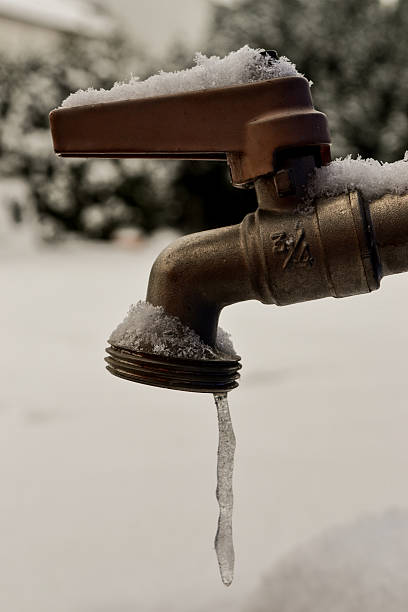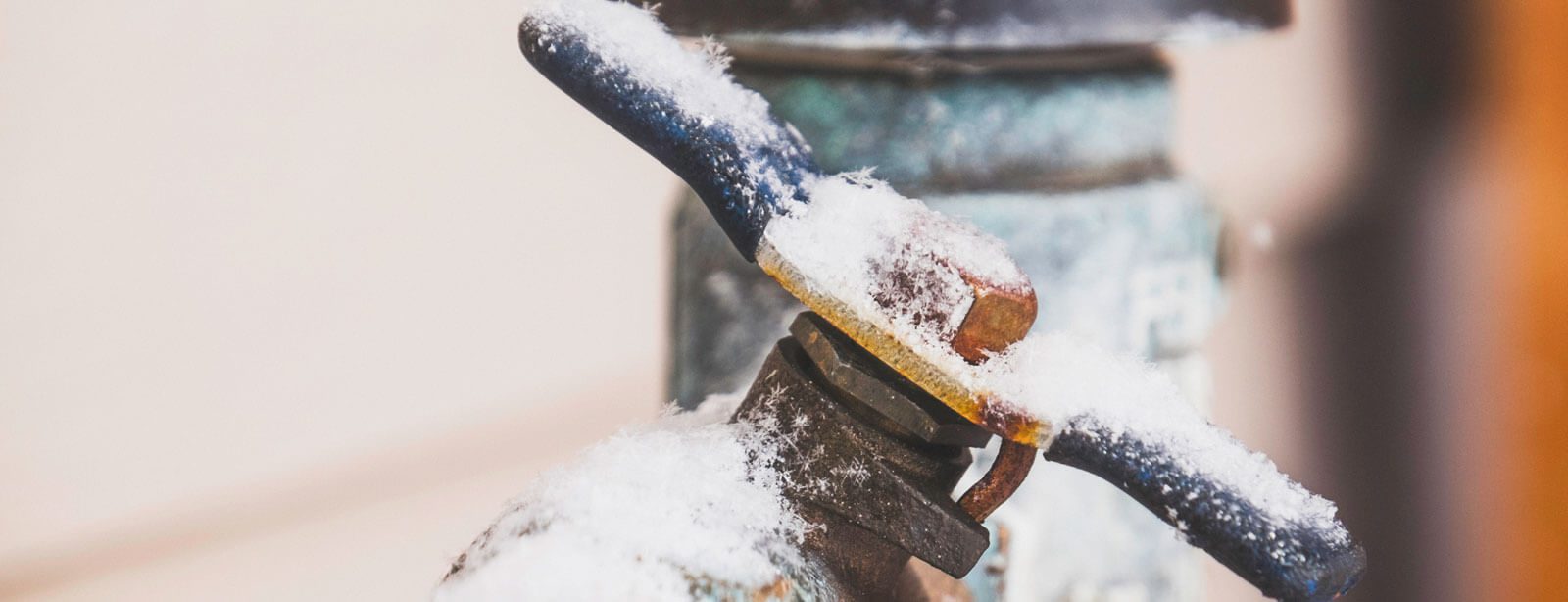Prevent Frozen Plumbing in Winter: Professional Tips
Prevent Frozen Plumbing in Winter: Professional Tips
Blog Article
We've encountered the article relating to 6 Ways to Prevent Frozen Pipes directly below on the web and figured it made perfect sense to talk about it with you over here.

Cold weather can wreak havoc on your plumbing, particularly by freezing pipes. Here's how to stop it from taking place and what to do if it does.
Intro
As temperature levels drop, the threat of icy pipes increases, possibly bring about pricey repair services and water damage. Recognizing how to avoid icy pipes is vital for homeowners in cold environments.
Avoidance Tips
Insulating susceptible pipelines
Cover pipelines in insulation sleeves or use heat tape to secure them from freezing temperatures. Focus on pipes in unheated or outside locations of the home.
Home heating strategies
Maintain indoor rooms sufficiently heated, particularly areas with plumbing. Open up cabinet doors to enable warm air to circulate around pipelines under sinks.
Just how to determine frozen pipelines
Look for decreased water flow from taps, uncommon odors or noises from pipelines, and visible frost on exposed pipes.
Long-Term Solutions
Structural adjustments
Think about rerouting pipes away from outside wall surfaces or unheated areas. Include additional insulation to attics, basements, and crawl spaces.
Updating insulation
Purchase top notch insulation for pipes, attic rooms, and wall surfaces. Appropriate insulation helps preserve consistent temperature levels and lowers the threat of icy pipes.
Securing Exterior Plumbing
Garden pipes and outside taps
Disconnect and drain yard hoses before wintertime. Mount frost-proof faucets or cover exterior faucets with shielded caps.
Recognizing Icy Pipes
What creates pipelines to ice up?
Pipelines freeze when subjected to temperatures below 32 ° F (0 ° C) for extended durations. As water inside the pipelines freezes, it increases, taxing the pipe wall surfaces and possibly triggering them to burst.
Dangers and damages
Icy pipes can cause water disruptions, property damages, and costly repairs. Ruptured pipelines can flooding homes and trigger extensive architectural damages.
Indicators of Frozen Pipeline
Identifying frozen pipes early can prevent them from breaking.
What to Do If Your Pipelines Freeze
Immediate actions to take
If you think icy pipes, keep taps open up to eliminate pressure as the ice melts. Use a hairdryer or towels soaked in hot water to thaw pipelines slowly.
Verdict
Stopping frozen pipelines needs positive procedures and quick responses. By understanding the reasons, indicators, and preventive measures, house owners can secure their plumbing during cold weather.
5 Ways to Prevent Frozen Pipes
Drain Outdoor Faucets and Disconnect Hoses
First, close the shut-off valve that controls the flow of water in the pipe to your outdoor faucet. Then, head outside to disconnect and drain your hose and open the outdoor faucet to allow the water to completely drain out of the line. Turn off the faucet when done. Finally, head back to the shut-off valve and drain the remaining water inside the pipe into a bucket or container. Additionally, if you have a home irrigation system, you should consider hiring an expert to clear the system of water each year.
Insulate Pipes
One of the best and most cost-effective methods for preventing frozen water pipes is to wrap your pipes with insulation. This is especially important for areas in your home that aren’t exposed to heat, such as an attic. We suggest using foam sleeves, which can typically be found at your local hardware store.
Keep Heat Running at 65
Your pipes are located inside your walls, and the temperature there is much colder than the rest of the house. To prevent your pipes from freezing, The Insurance Information Institute suggests that you keep your home heated to at least 65 degrees, even when traveling. You may want to invest in smart devices that can keep an eye on the temperature in your home while you’re away.
Leave Water Dripping
Moving water — even a small trickle — can prevent ice from forming inside your pipes. When freezing temps are imminent, start a drip of water from all faucets that serve exposed pipes. Leaving a few faucets running will also help relieve pressure inside the pipes and help prevent a rupture if the water inside freezes.
Open Cupboard Doors
Warm your kitchen and bathroom pipes by opening cupboards and vanities. You should also leave your interior doors ajar to help warm air circulate evenly throughout your home.

I'm just very inquisitive about Prevent Frozen Pipes and I really hope you enjoyed the entry. Do you know another individual who is interested by Prevent Frozen Pipes ? Please feel free to share it. We take joy in your readership.
Schedule Today Report this page